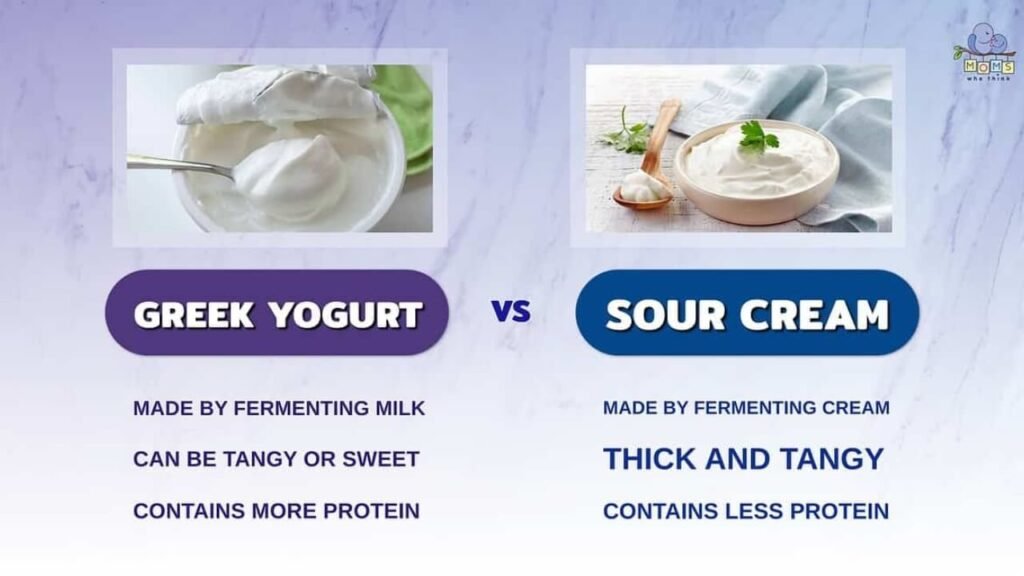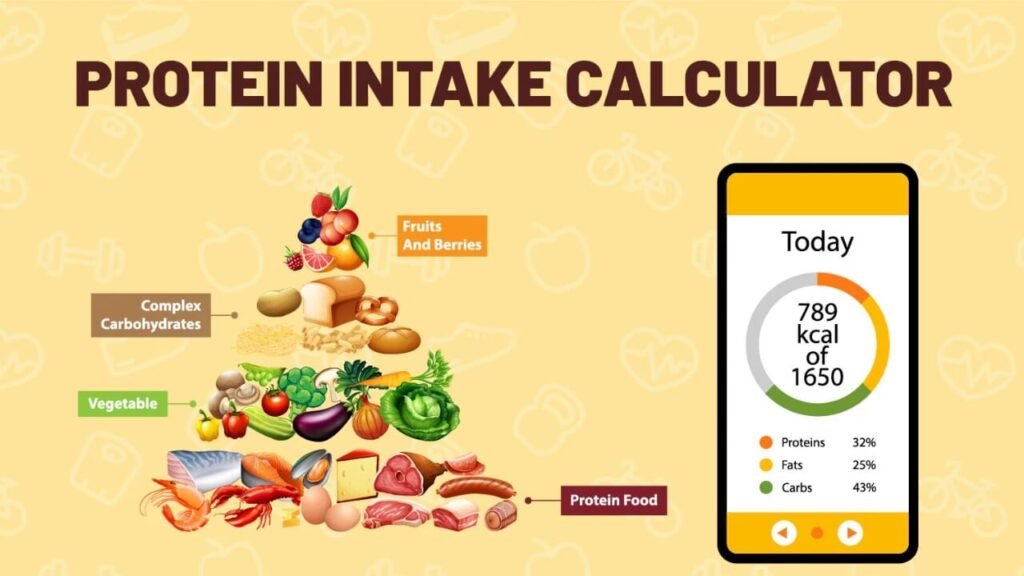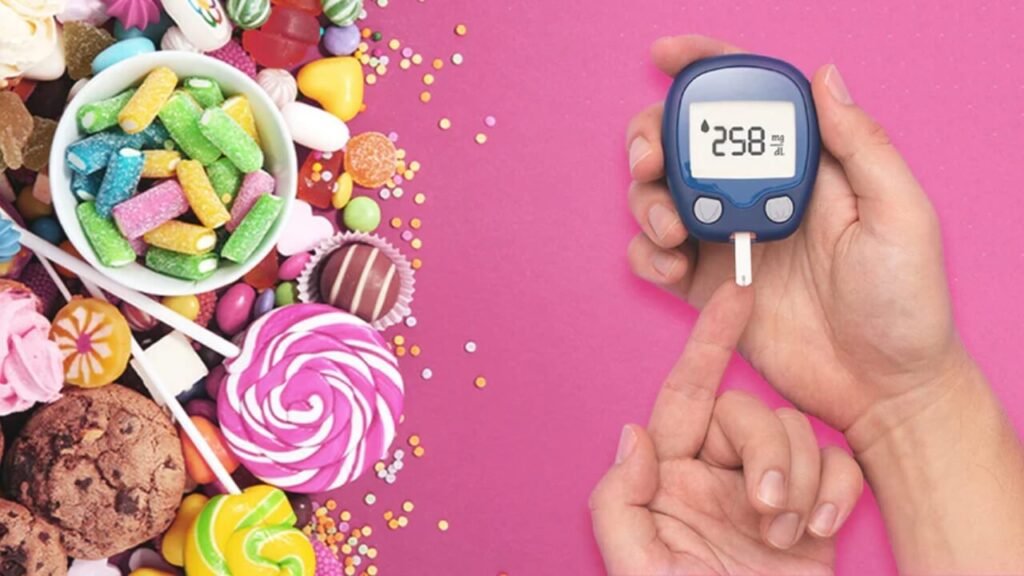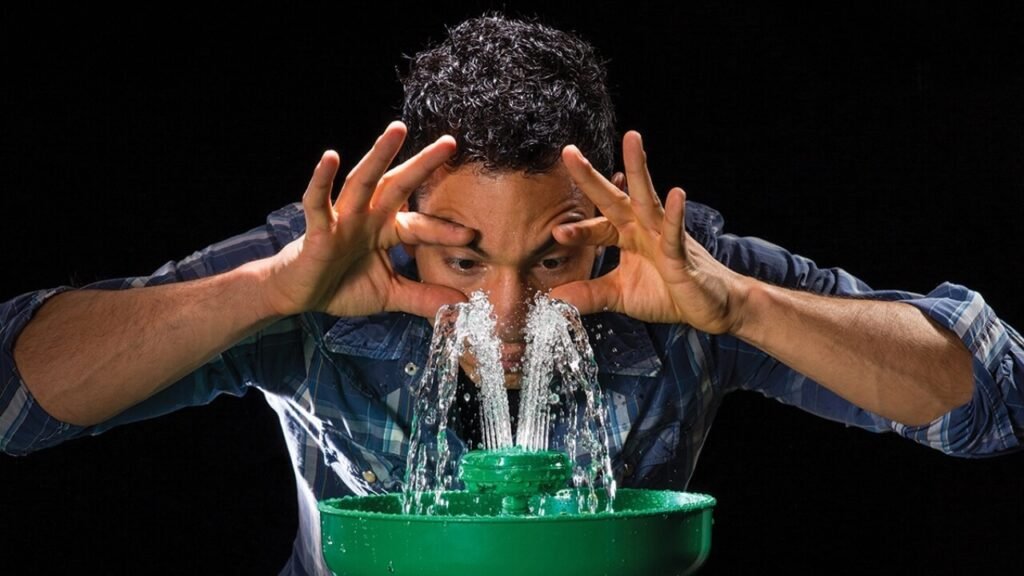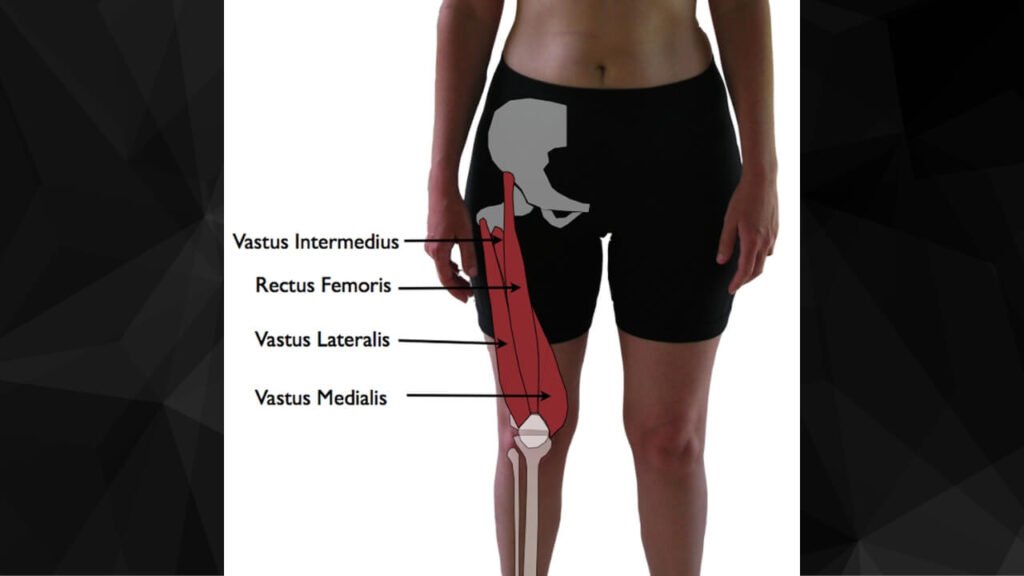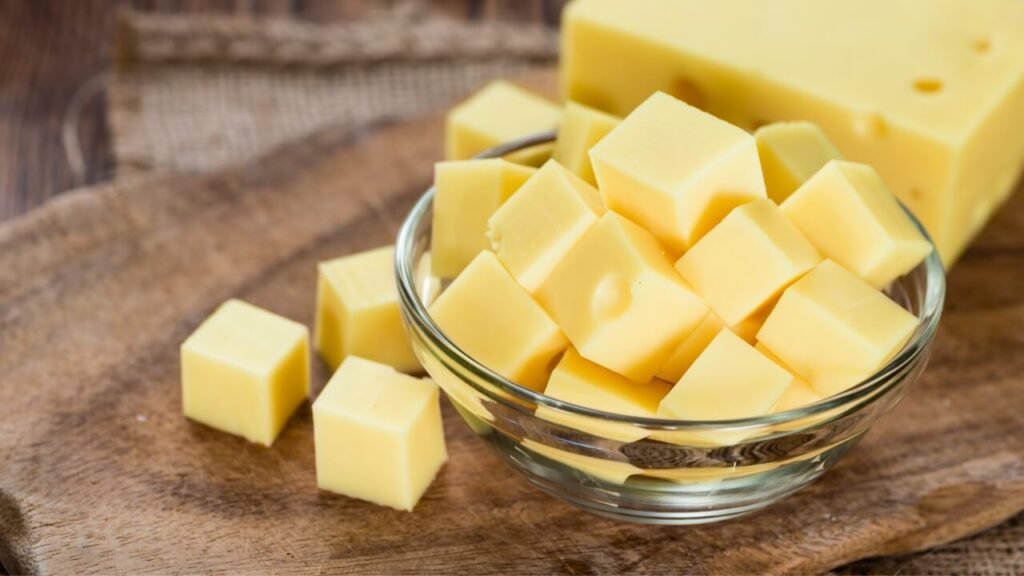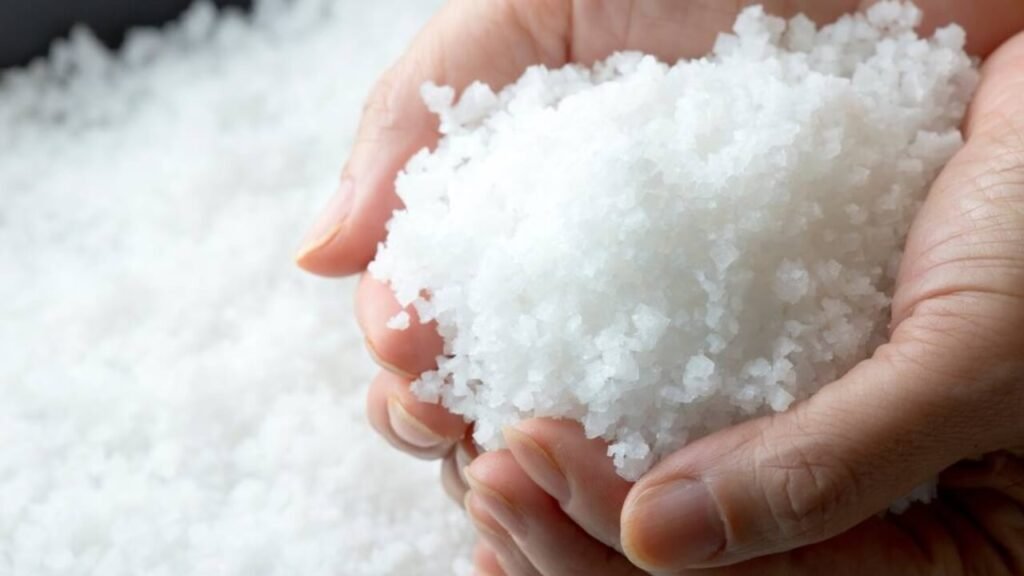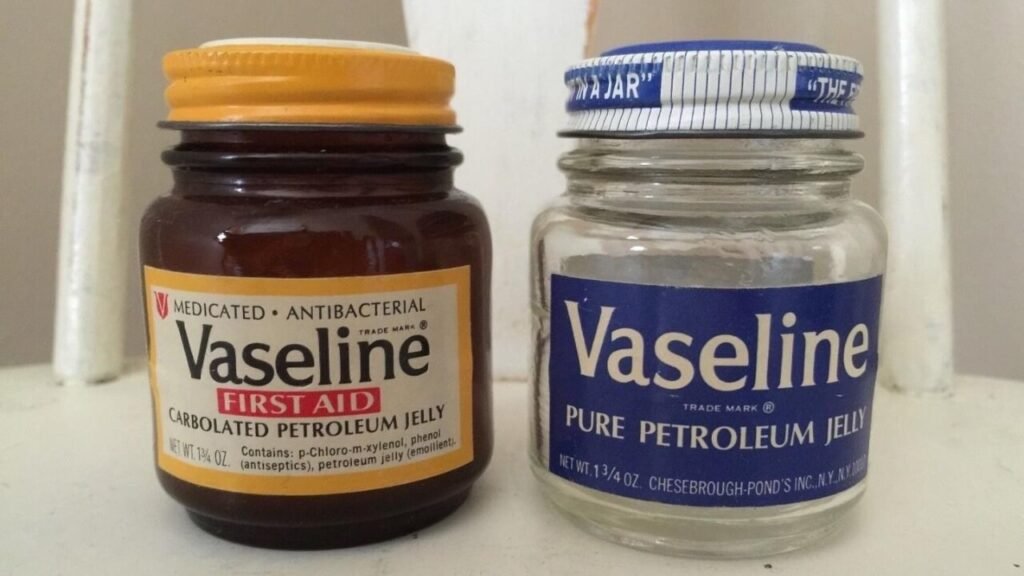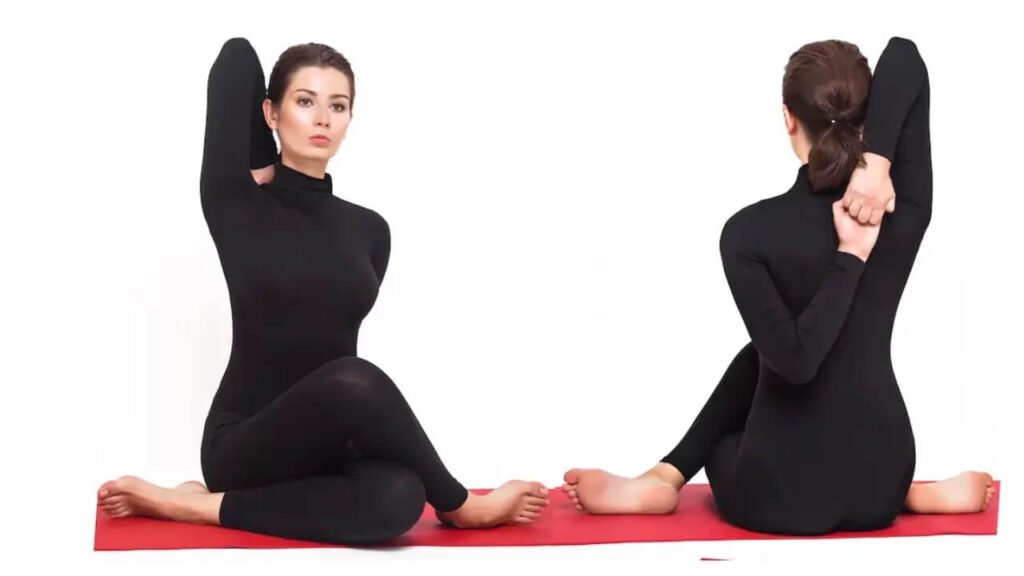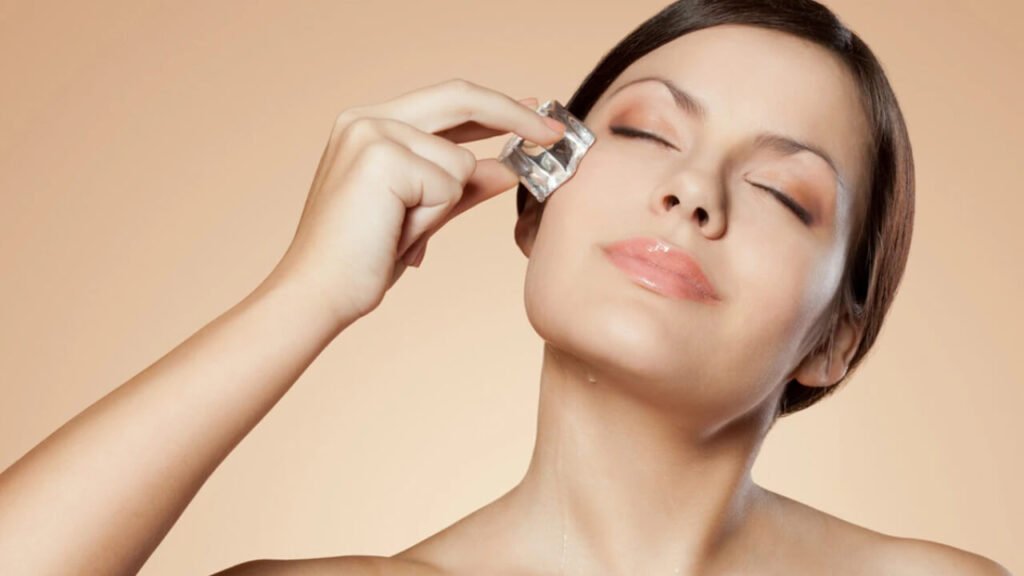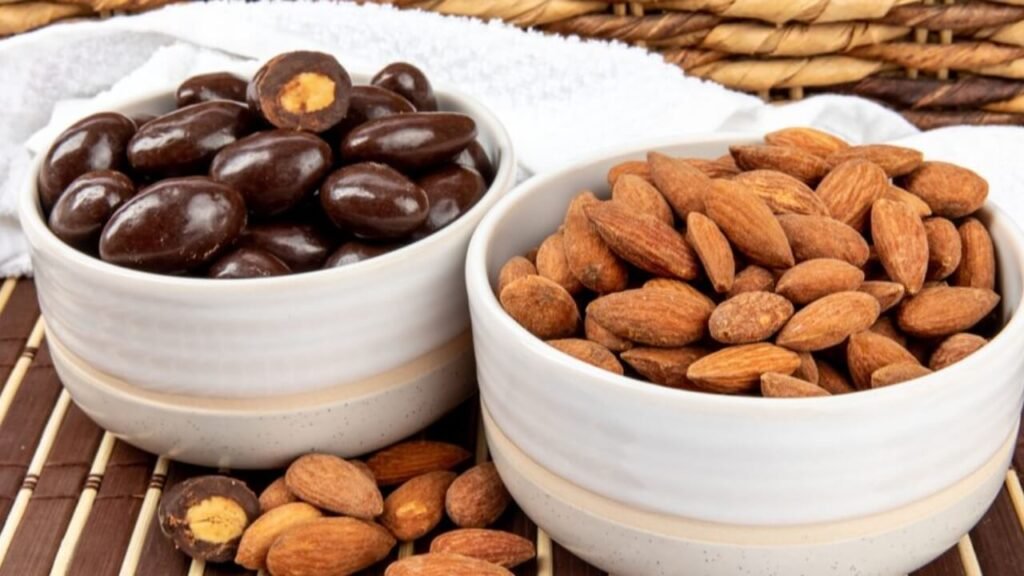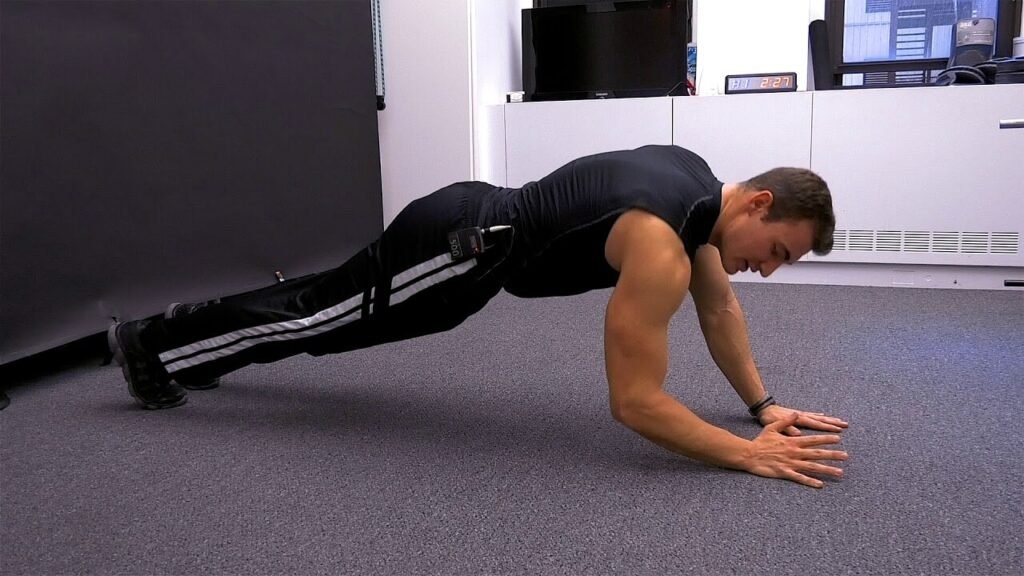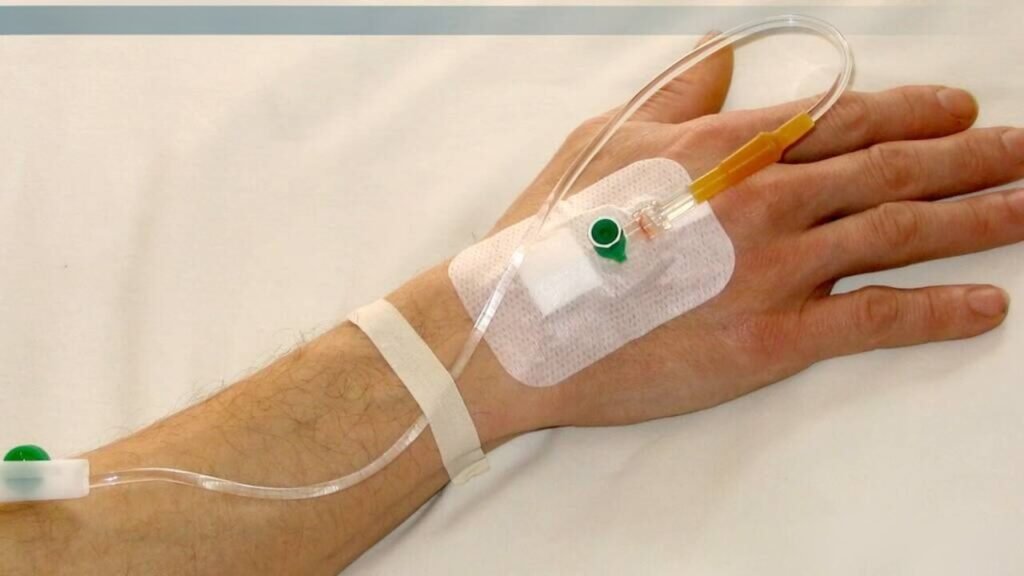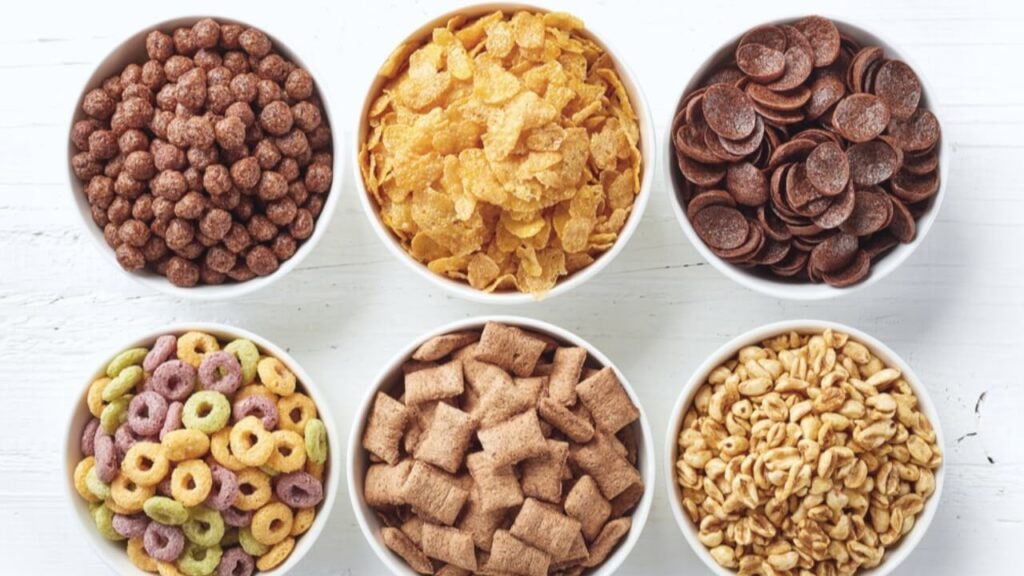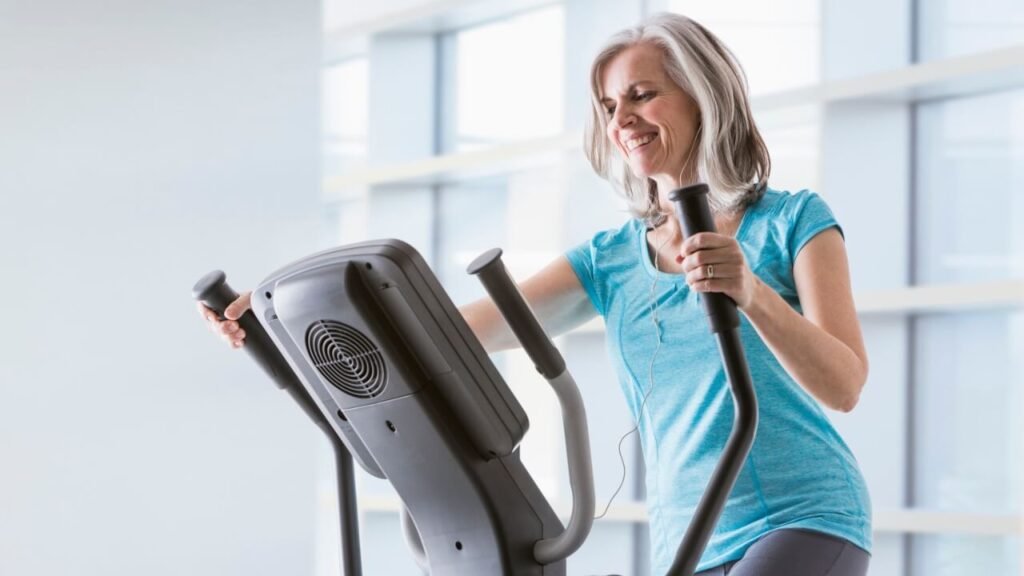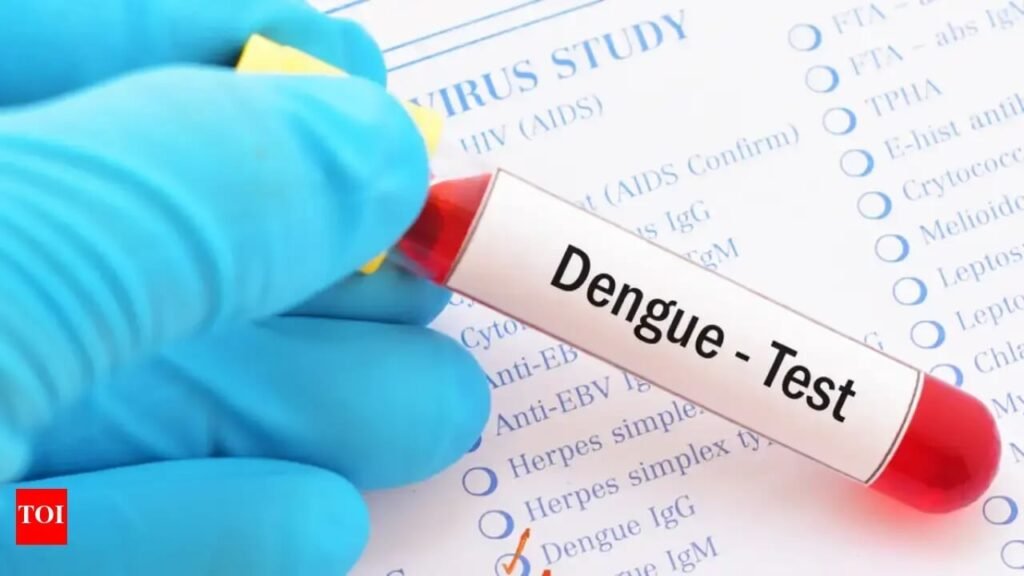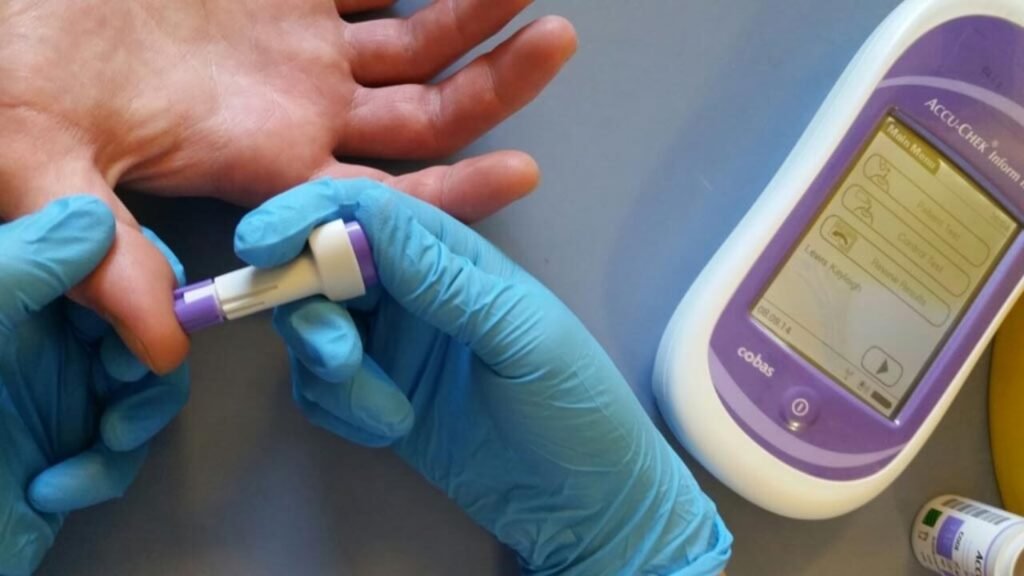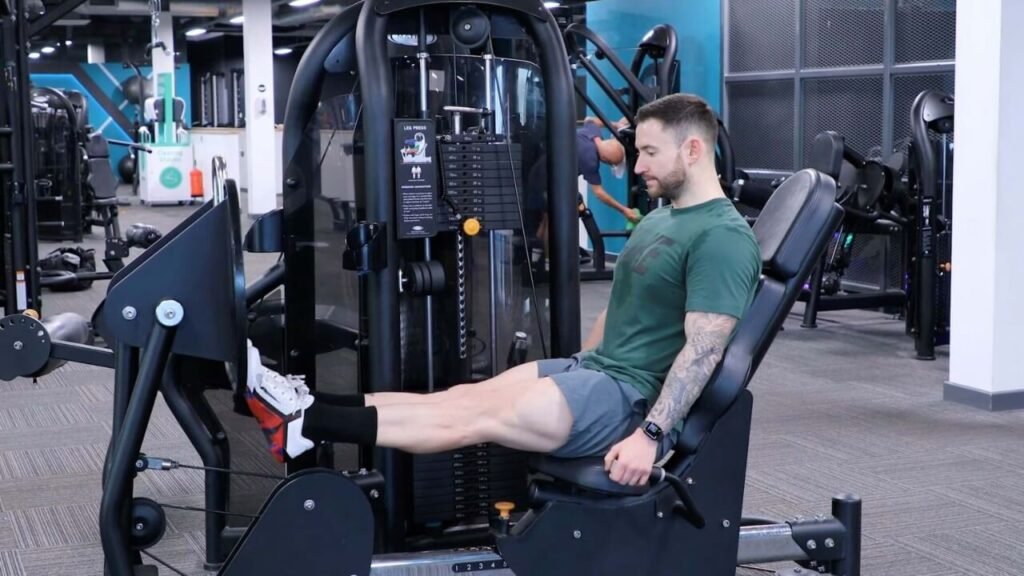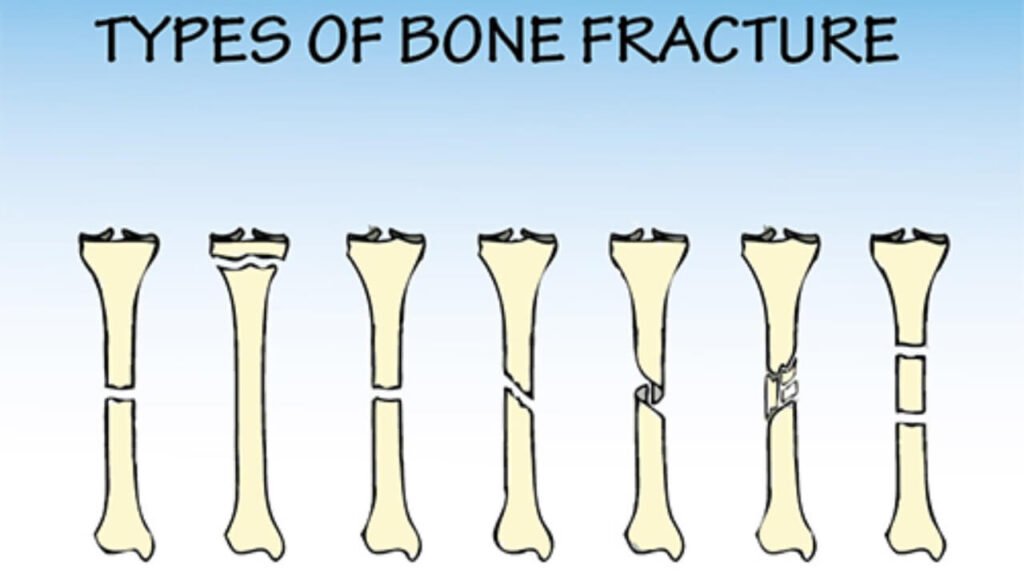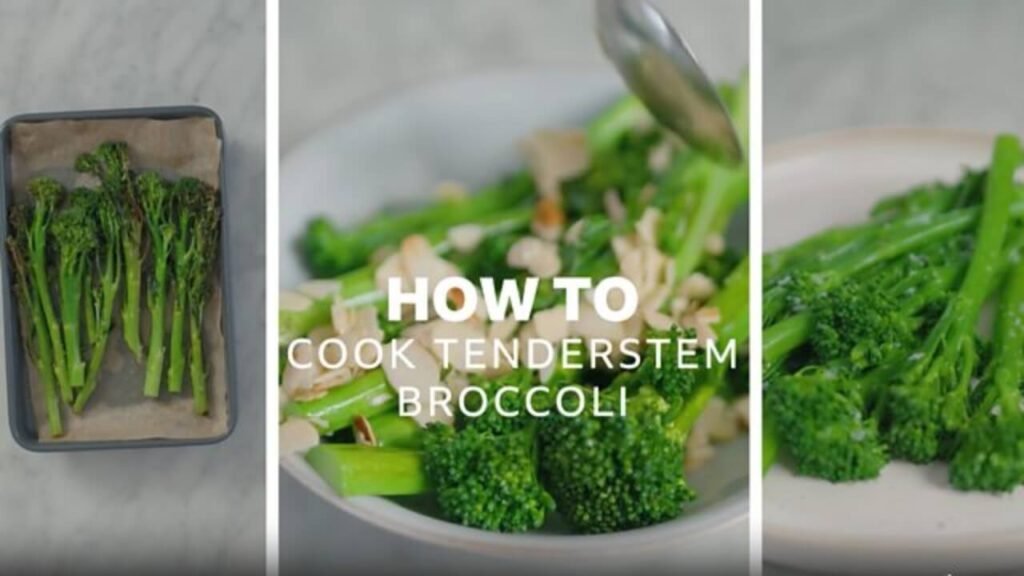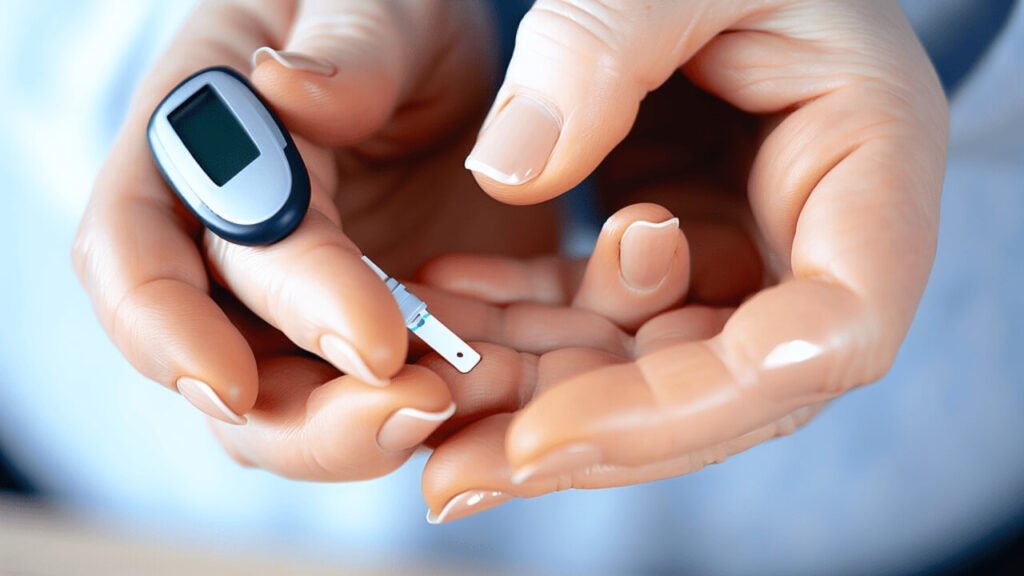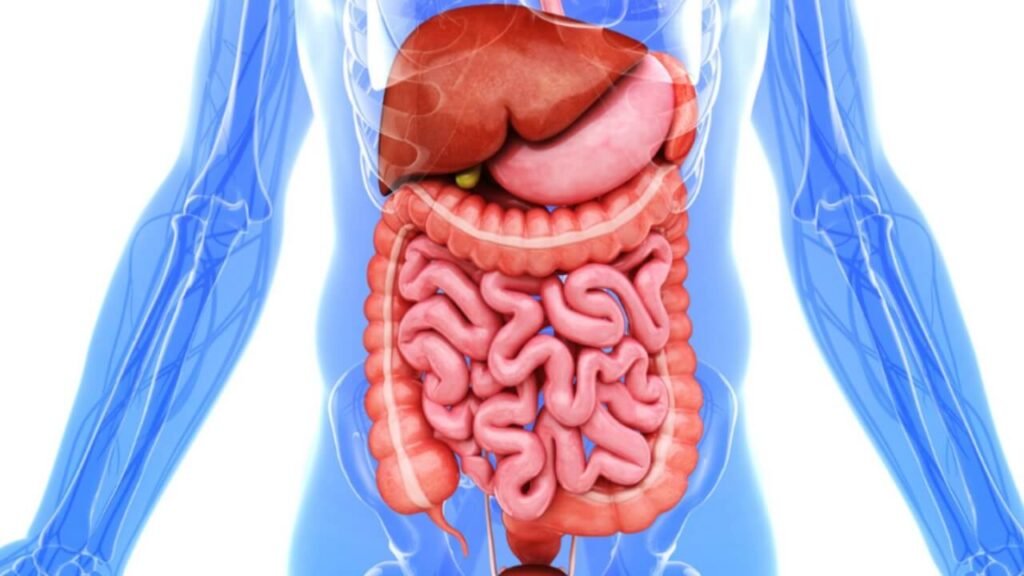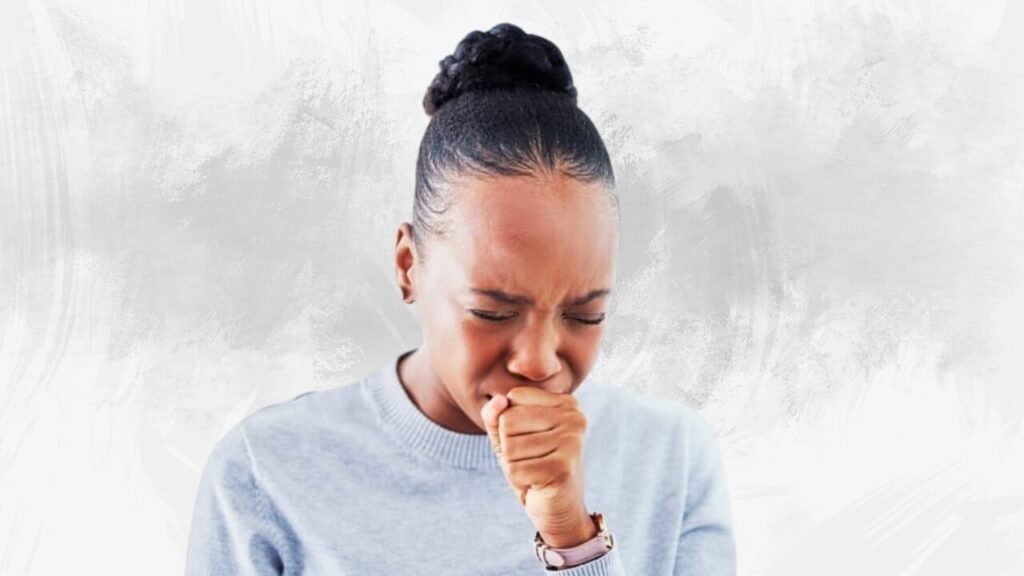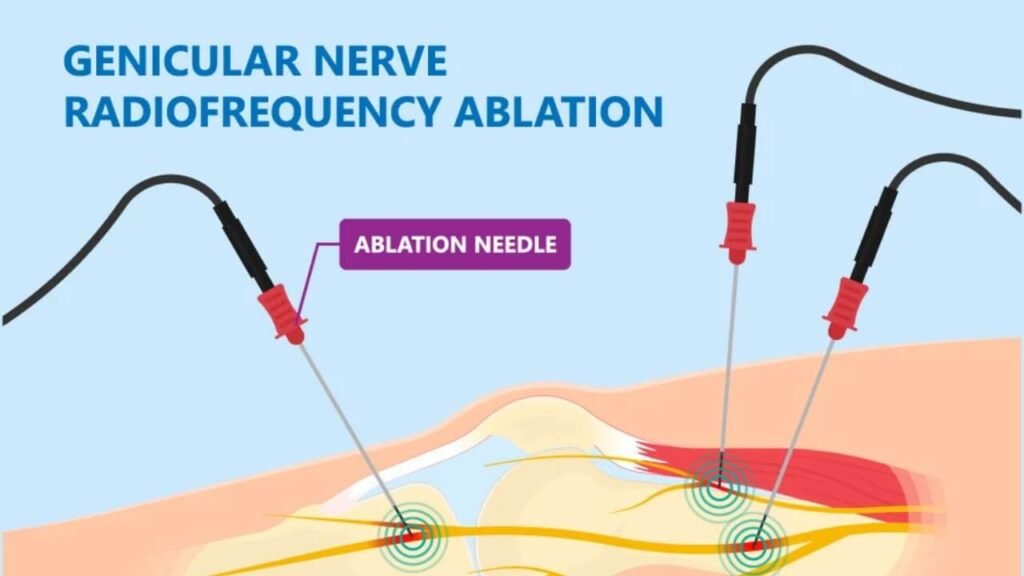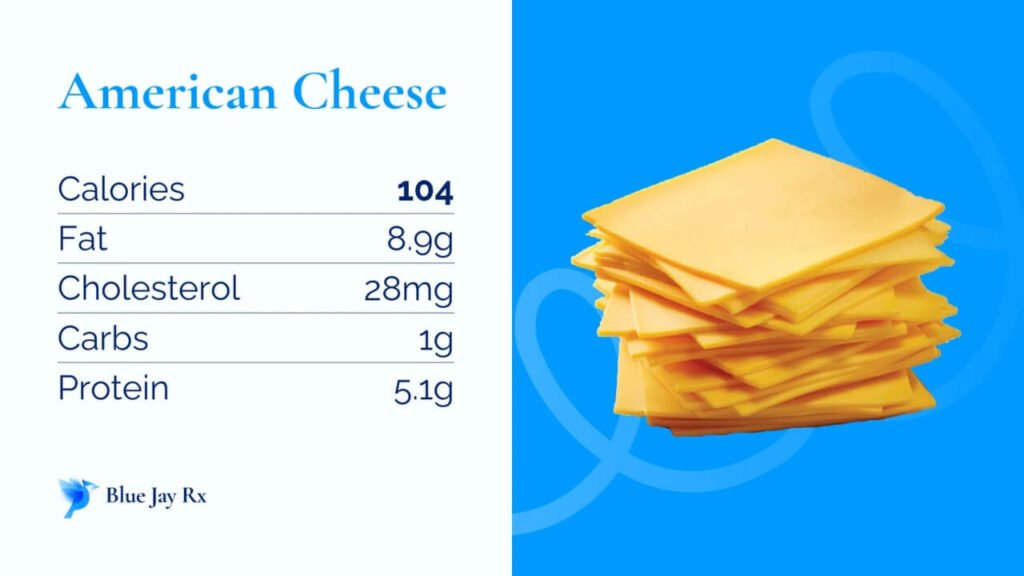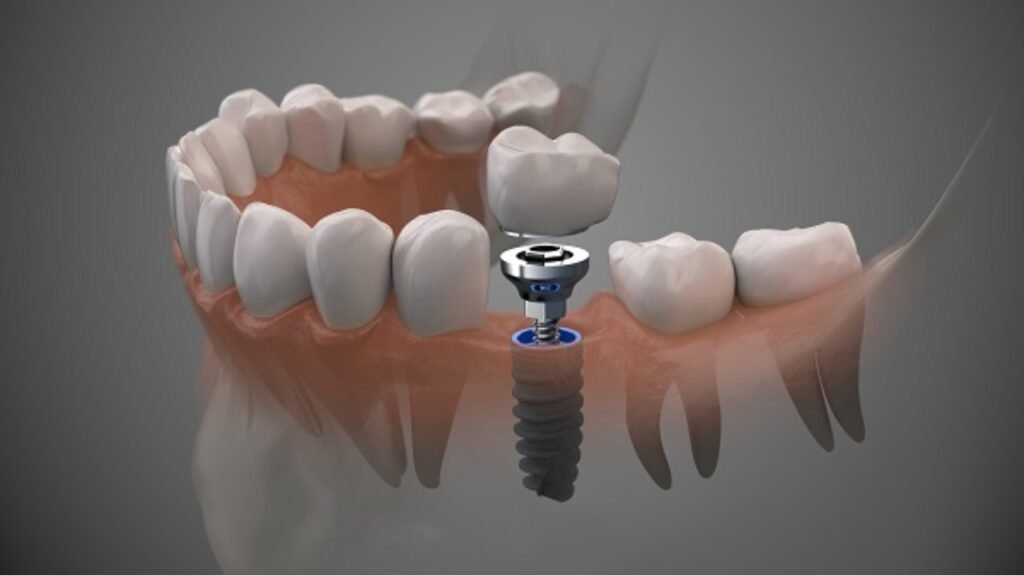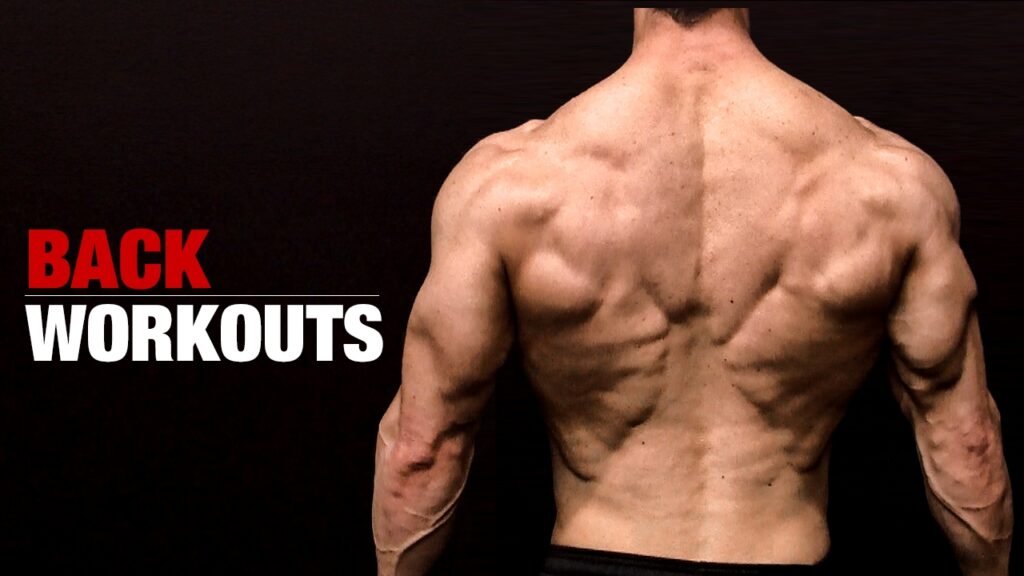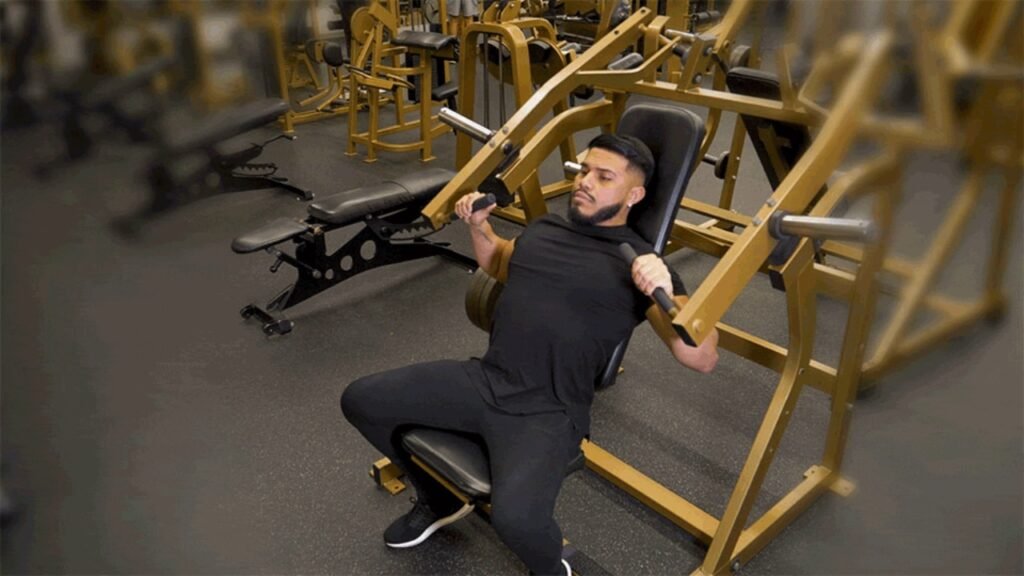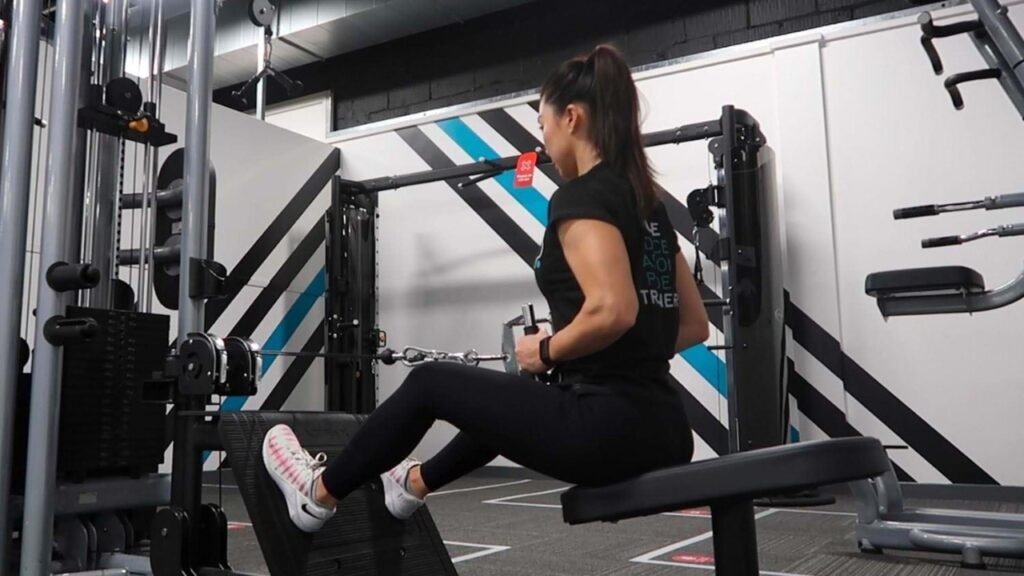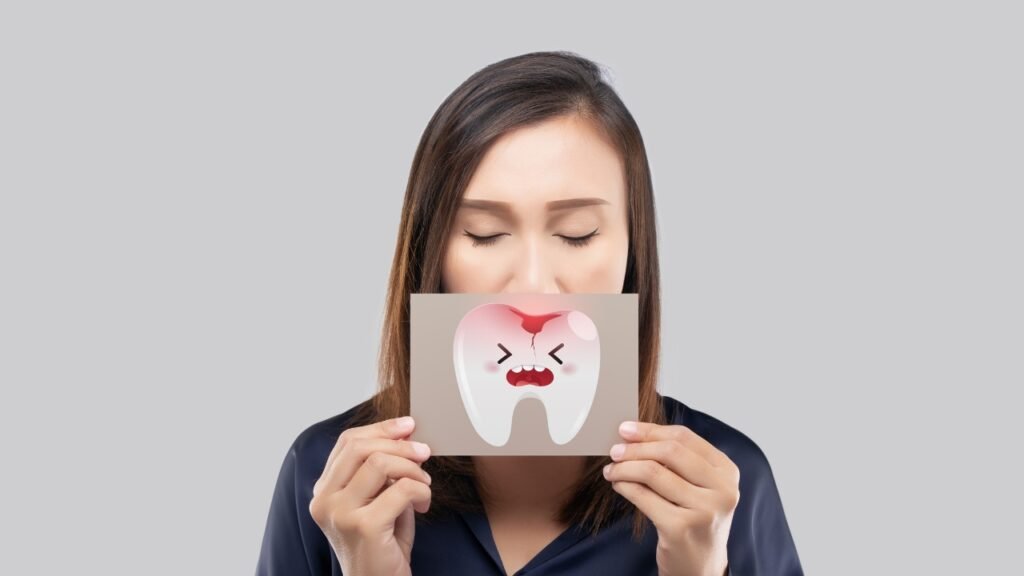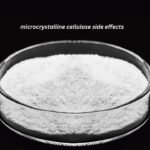The TRUTH About What is Buccal Fat & Killer Contouring!

Have you ever looked in the mirror and wished for more defined cheekbones, a more sculpted facial structure? Perhaps you’ve stumbled upon before-and-after photos of celebrities with strikingly chiseled faces and wondered, “How did they do that?” The answer might lie in understanding what is buccal fat and the cosmetic procedure, buccal fat removal, which is gaining popularity in the United States. This procedure targets the buccal fat pads, natural pockets of fat nestled in your cheeks, to create a slimmer, more contoured appearance. This article dives deep into the world of buccal fat, exploring its purpose, the reasons for considering removal, and what the procedure entails, helping you make an informed decision about whether it’s the right choice for you.
What is Buccal Fat? The Complete Guide
To understand buccal fat removal, it’s crucial to first grasp what is buccal fat itself. Buccal fat pads, also known as buccal fat pads of Bichat, are located in the lower cheek area, specifically between the muscles responsible for chewing. These pads are present in everyone, regardless of weight or age, and their size varies significantly from person to person.
The Purpose of Buccal Fat
The purpose of buccal fat is multifaceted, though its exact function isn’t fully understood. Some theories suggest it plays a role in:
- Facial Structure and Shape: Buccal fat significantly contributes to the roundness of the face, particularly in the lower cheeks. The size and shape of these pads influence overall facial aesthetics.
- Cushioning and Protection: The buccal fat pads act as a cushion, protecting the facial muscles and nerves during chewing and other facial movements.
- Infant Feeding: Some researchers believe that buccal fat pads assist infants in sucking and feeding, providing structural support to the cheeks during these actions.
While buccal fat serves these potential purposes, its presence can sometimes contribute to a “chubby cheek” appearance, which some individuals find undesirable. This leads many to consider buccal fat removal, a surgical procedure to reduce the size of these fat pads and create a more defined facial contour. It’s not about weight loss; it’s about sculpting.
Why Consider Buccal Fat Removal? Unveiling the Motivations
The decision to undergo buccal fat removal is deeply personal and driven by individual aesthetic goals. Common reasons Americans consider this procedure include:
Key Reasons for Buccal Fat Removal
- Desire for a More Defined Facial Contour: This is the most frequent motivation. Individuals with prominent buccal fat pads often feel that their cheeks appear too full or round, obscuring their cheekbones and jawline. Buccal fat removal can create a more sculpted, V-shaped facial appearance, enhancing the definition of these features.
“I felt like I had ‘baby face’ forever, even into my late twenties. Buccal fat removal was life changing for me” wrote user u/forevercheeks on reddit.com
- Reducing the Appearance of “Chubby Cheeks”: For some, large buccal fat pads contribute to a perceived lack of maturity or sophistication in their appearance. Removing the fat can create a more streamlined and adult look.
- Enhanced Facial Harmony: Buccal fat removal can improve the overall balance and proportion of the face, particularly for individuals who feel their lower cheeks are disproportionately large compared to their other facial features.
- Addressing Congenital Conditions: In rare cases, individuals may have excessively large buccal fat pads due to congenital conditions. Buccal fat removal can help correct these imbalances and improve facial symmetry.
- Counteracting Age-Related Changes: As we age, the fat pads in our face can shift and descend, causing the lower cheeks to appear even fuller. Buccal fat removal can help restore a more youthful and lifted appearance.
It’s vital to understand that buccal fat removal is not a substitute for weight loss. It’s a targeted procedure designed to reshape the face, not to reduce overall body fat. Ideal candidates are typically individuals with a healthy weight who are specifically bothered by the fullness of their lower cheeks.
The Buccal Fat Removal Procedure: What You Need to Know
If you’re considering buccal fat removal, it’s important to understand the procedure itself, the potential risks, and the recovery process. The procedure is typically performed by a plastic surgeon or a facial plastic surgeon.
Step-by-Step Breakdown of Buccal Fat Removal
- Consultation and Assessment: The first step is a thorough consultation with a qualified surgeon. During this consultation, the surgeon will assess your facial anatomy, discuss your aesthetic goals, and determine if you are a suitable candidate for the procedure. They will also explain the risks and benefits of buccal fat removal and answer any questions you may have.
- Anesthesia: Buccal fat removal can be performed under local anesthesia with sedation or under general anesthesia, depending on the surgeon’s preference and the patient’s comfort level.
- Incision: The surgeon will make a small incision inside the mouth, typically along the inner cheek. This eliminates visible external scars.
- Buccal Fat Removal: Through the incision, the surgeon carefully identifies and removes a portion of the buccal fat pad. The amount of fat removed is determined based on the individual’s anatomy and desired outcome. It’s crucial that the surgeon is conservative, as removing too much fat can result in a gaunt or hollow appearance.
- Closure: Once the desired amount of fat has been removed, the incision is closed with dissolvable sutures.
- Recovery: The recovery period after buccal fat removal is typically relatively short. Patients may experience some swelling, bruising, and discomfort in the first few days. Pain medication can help manage any discomfort. A soft diet is recommended during the initial recovery period. Most patients can return to their normal activities within a week or two.
Potential Risks and Considerations: Are You Aware?
Like any surgical procedure, buccal fat removal carries potential risks. These risks include:
Understanding the Risks of Buccal Fat Removal
- Infection: Although rare, infection is a possible complication.
- Bleeding: Excessive bleeding can occur during or after the procedure.
- Nerve Damage: There is a risk of damage to the facial nerves, which can result in temporary or permanent numbness or weakness in the face.
- Asymmetry: It’s possible to experience asymmetry in the cheeks after the procedure.
- Over-Resection: Removing too much buccal fat can lead to a hollow or gaunt appearance, which can be difficult to correct.
- Salivary Gland Injury: Injury to the parotid duct, which carries saliva from the parotid gland into the mouth, is a rare but possible complication.
It’s essential to choose a qualified and experienced surgeon to minimize these risks.
“Patient selection is paramount. This procedure is not suitable for everyone,”
emphasizes Dr. Amelia Stone, a renowned facial plastic surgeon in Beverly Hills.
“Careful consideration of facial anatomy and long-term aging changes is essential to achieving a natural and aesthetically pleasing result.”
The Long-Term Effects of Buccal Fat Removal: Planning for the Future
While buccal fat removal can provide immediate and noticeable results, it’s important to consider the long-term effects of the procedure. As we age, we naturally lose facial volume. Removing a significant portion of the buccal fat pads can accelerate this volume loss and potentially lead to a gaunt or aged appearance in the future.
For this reason, it’s crucial to discuss your long-term aesthetic goals with your surgeon and to choose a conservative approach to buccal fat removal. Removing only a small amount of fat can often achieve the desired results without significantly increasing the risk of future volume loss.
Alternatives to Buccal Fat Removal: Explore Your Options
Before deciding on buccal fat removal, it’s worth exploring alternative treatments that can improve facial contour and definition. These alternatives may include:
Options Besides Buccal Fat Removal
- Dermal Fillers: Dermal fillers can be used to add volume to the cheekbones and jawline, creating a more sculpted and defined appearance.
- Facial Exercises: Certain facial exercises can help strengthen and tone the facial muscles, which can improve facial contour.
- Weight Loss: For individuals who are overweight, losing weight can help reduce overall facial fat and improve facial definition.
- CoolSculpting: CoolSculpting is a non-invasive fat reduction treatment that can be used to target fat in the cheeks and other areas of the face.
These alternatives may not provide the same dramatic results as buccal fat removal, but they can be a good option for individuals who are not ready to undergo surgery or who are looking for a less invasive approach.
Finding the Right Surgeon: Your Key to Success
Choosing the right surgeon is paramount for a successful and safe buccal fat removal procedure. Look for a board-certified plastic surgeon or facial plastic surgeon with extensive experience in facial contouring procedures.
Qualities to Look for in a Buccal Fat Removal Surgeon
When evaluating potential surgeons, consider the following:
- Board Certification: Ensure the surgeon is board-certified by the American Board of Plastic Surgery or the American Board of Facial Plastic and Reconstructive Surgery.
- Experience: Inquire about the surgeon’s experience with buccal fat removal and other facial contouring procedures.
- Before-and-After Photos: Review the surgeon’s before-and-after photos to get a sense of their aesthetic style and results.
- Patient Reviews: Read patient reviews and testimonials to learn about other patients’ experiences with the surgeon.
- Consultation: Schedule a consultation with the surgeon to discuss your aesthetic goals and to assess their communication style and expertise.
Conclusion: Is What is Buccal Fat Removal Right for You?
Deciding whether or not to undergo buccal fat removal is a personal journey. Understanding what is buccal fat, the procedure involved, and the potential risks and benefits is crucial to making an informed decision. For some, it can be a transformative procedure, creating a more sculpted and defined facial appearance. However, it’s essential to have realistic expectations and to choose a qualified and experienced surgeon. Remember, what is buccal fat is a surgical procedure with potential risks and long-term consequences. Carefully weigh the pros and cons, explore alternative options, and consult with a board-certified plastic surgeon to determine if it’s the right choice for you. What is buccal fat is something everyone has but deciding on surgical alteration can be a life altering decision for your face.



